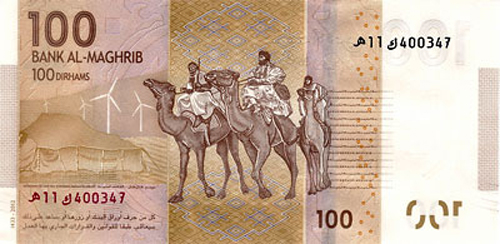Atlantic trade winds blowing from Morocco to Senegal represent some of the planet's largest wind resources. Although very predictable, their intermittent nature undermines optimal utilization possibilities. As a result, only a marginal proportion of that wind energy is fed into North Africa’s weaker grid infrastructure. Reduced clean energy generation prospects, hampers industry and economic development.
The latter will be essential for tackling the region's demographic challenges. Compounded to youth unemployment, sub-Saharan migrant population fluxes moving north are indeed generating an economic development imperative. Accessible and affordable energy made possible through an inclusive wind industry could be a game changer.
Sahara Wind’s applied research projects enabled North African scientific communities to envision a more holistic, integrated approach to energy infrastructures. Ready-made solutions driven by external market forces have done very little in terms of local development.

Indeed, early experiences in Africa showed that efforts aimed at introducing (new) wind technologies amounted to the import of turnkey equipments through concessionary sources of financing and export credit packages. Besides environmental benefits, such policies achieved limited economic returns.
Encouraging national policies and pooling countries with similar potentials to collaborate on Sahara Wind's upstream development activities is critical. To that extent, the exchange of expertise and regional applied research frameworks enabled "green campus concepts" to be initially deployed. Carbon-free hydrogen storage systems have thereby also been installed in excellence centers located at universities.
As mineral-exporting industries represent the main electric loads to supply in the Sahara desert, collaborative partnerships will be extended into subsequent pilot projects. These are aimed at sustainably transforming the region's mineral deposits.
Originating from the Atlantic trade winds, the transformation of the earth's largest known Phosphates deposits becomes a key element of global sustainability. With World Food Security at stake -since Phosphates are needed as fertilizers- the cost-competitive incorporation of wind power to support energy-intensive mineral transformation processes improves resource efficiencies. Boosting sustainability prospects for local value-added extractive industries provides a multiplier effect.
Indeed, Mauritania’s major iron-ore deposits can be transformed without CO2-emissions into steel, using scalable wind-electrolysis hydrogen direct-reduction processes. These existing business models for clean industry, energy, water and global food security will be essential for the years to come. As the majority of carbon emissions will come from industry by 2050 according to the Paris Agreement, they can help resolve global climate and sustainable development imperatives.



